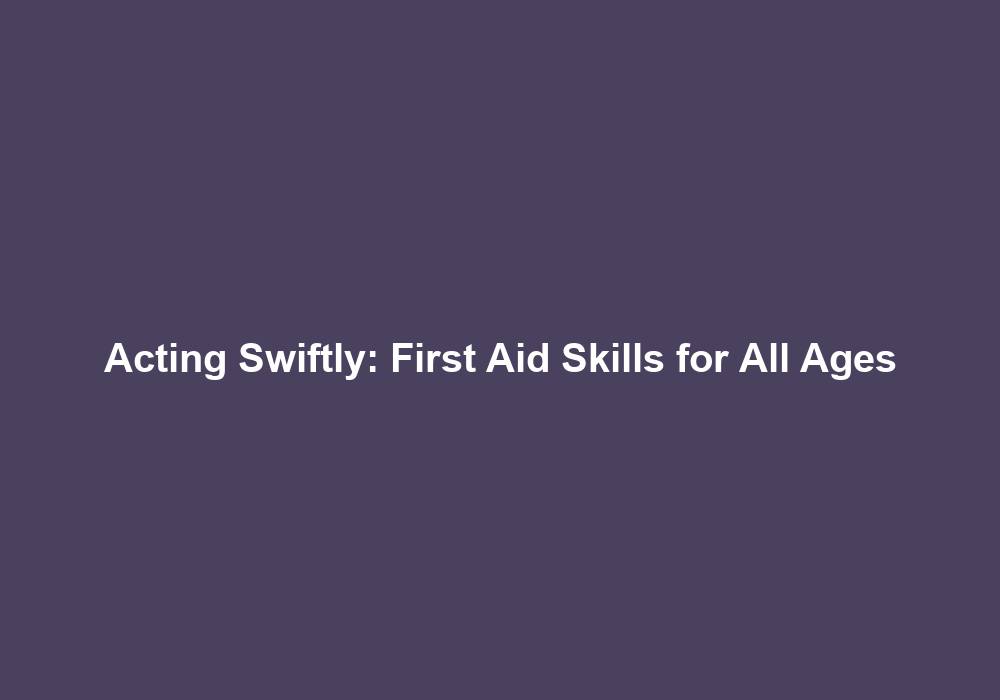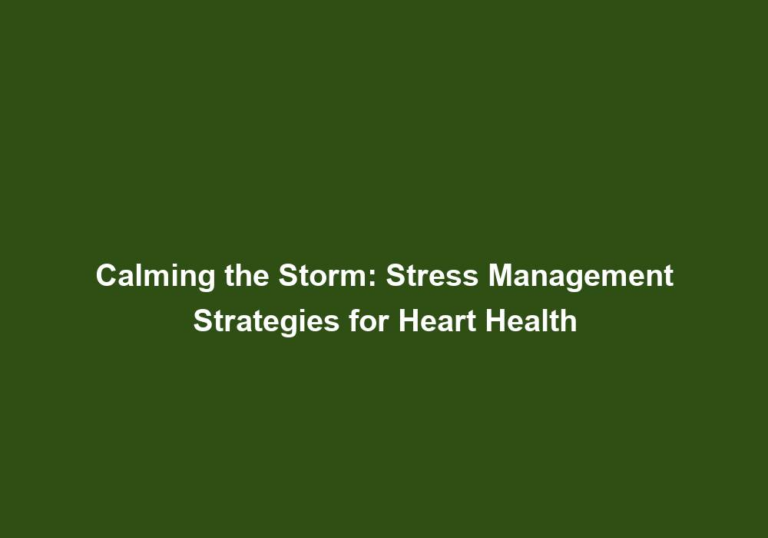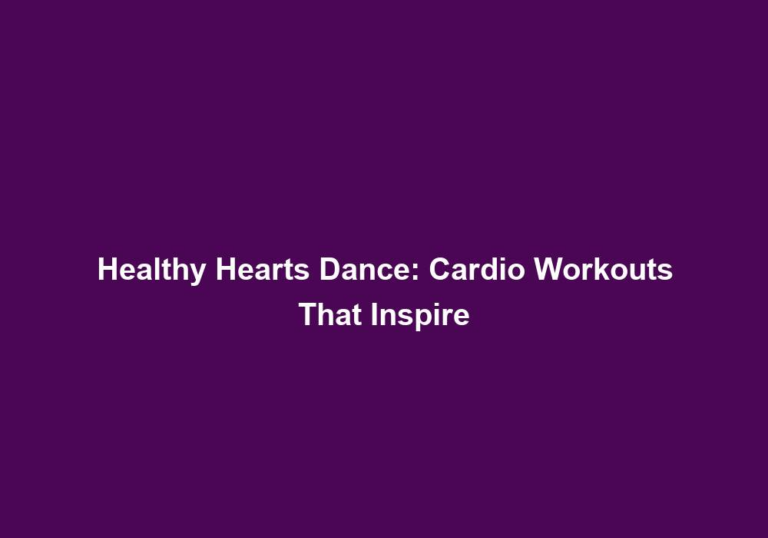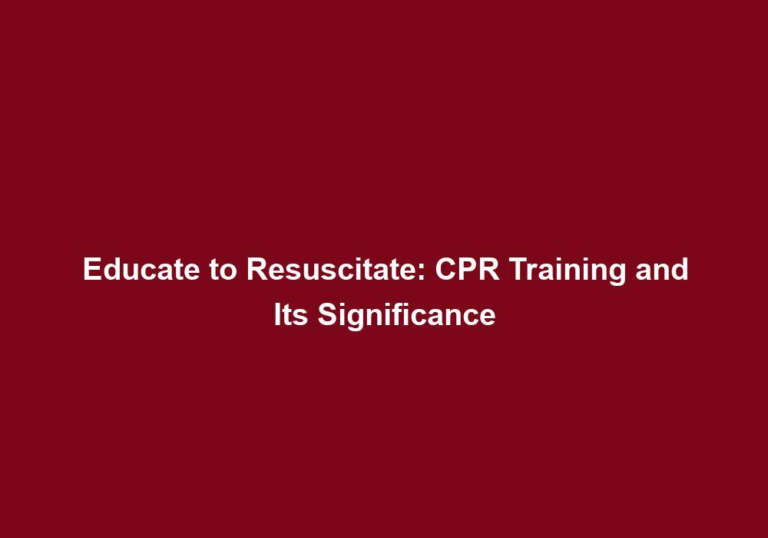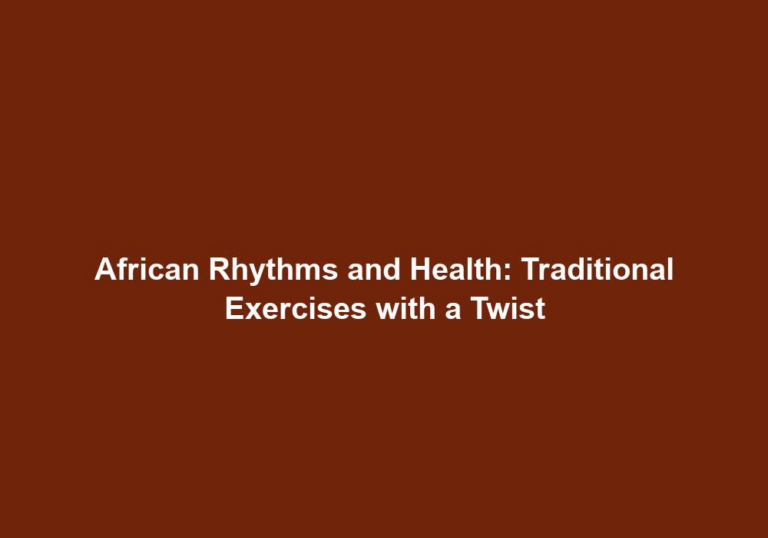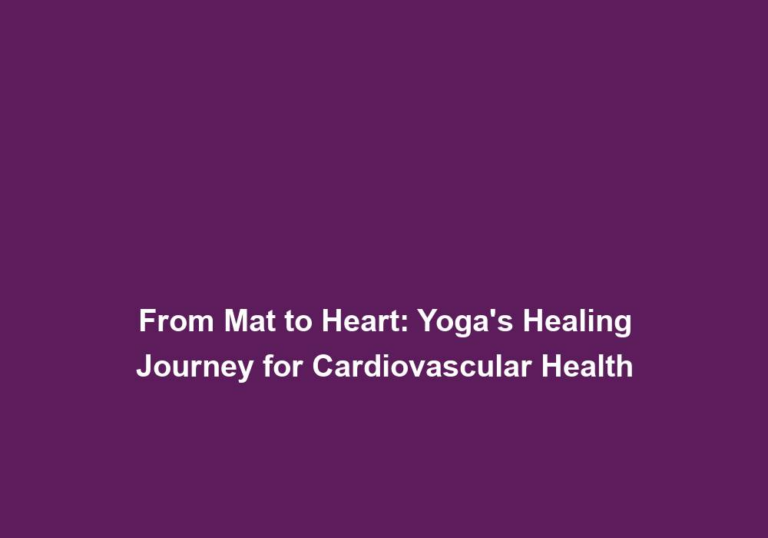Acting Swiftly: First Aid Skills for All Ages
In emergency situations, having basic first aid skills can make a significant difference in the outcome of an accident or injury. Whether you are a parent, a caregiver, or just an individual concerned about the well-being of yourself and others, acquiring first aid skills is essential. This article will provide a comprehensive guide to first aid skills that can be applied to individuals of all ages.
The Importance of First Aid Skills
First aid is the initial assistance given to someone who is injured or suddenly falls ill. It is often the critical factor between life and death, as it can prevent the escalation of injuries, minimize pain, and increase the chances of a full recovery. By possessing first aid skills, you can become a valuable resource in times of crisis and potentially save lives.
Common Accidents and Injuries
Before we dive into the specific first aid techniques, let’s explore some of the common accidents and injuries that can occur across all age groups:
-
Cuts and wounds: Accidents can result in cuts or wounds that may require immediate attention to prevent infection or excessive bleeding. It is important to clean the wound thoroughly with soap and water, or an antiseptic solution, to remove any dirt or debris. Apply an antibiotic ointment and cover the wound with a sterile bandage to promote healing and protect against infection. Seek medical help if the cut is deep, gaping, or does not stop bleeding.
-
Burns: Exposure to heat sources, chemicals, or electricity can cause burns, which can vary in severity. Prompt first aid can alleviate pain and prevent further damage. For first-degree burns, run cool (not cold) water over the affected area for at least 10 minutes. This helps to cool the burn and reduce pain. Do not use ice as it can cause further damage to the skin. For second-degree and third-degree burns, cover the area with a cool, damp cloth and seek immediate medical assistance. Avoid applying creams, ointments, or adhesive bandages to severe burns.
-
Fractures and sprains: Falls or accidents can lead to broken bones or sprained joints. Proper first aid can immobilize the affected area, reducing the risk of further injury. If you suspect a fracture, support the injured limb and immobilize it using a splint or makeshift support until medical help arrives. Applying cold packs or ice wrapped in a cloth can help reduce swelling and alleviate pain. However, avoid applying ice directly to the skin. For sprains, rest the injured joint, apply ice, compress the area with an elastic bandage, and elevate the limb to reduce swelling.
-
Choking: Both children and adults can experience choking on food or foreign objects. Knowing how to respond quickly is crucial to dislodge the obstruction and restore normal breathing. If someone is conscious and choking, encourage them to cough forcefully to try and dislodge the object. If coughing doesn’t work, deliver five back blows between the shoulder blades using the heel of your hand. If the obstruction persists, perform five abdominal thrusts (Heimlich maneuver) by standing behind the person and applying upward pressure to the abdomen just below the ribcage. Continue alternating between back blows and abdominal thrusts until the obstruction is dislodged or the person becomes unconscious. If the person becomes unconscious, begin CPR immediately.
-
Cardiopulmonary Resuscitation (CPR): Sudden cardiac arrest can occur at any age. CPR skills are vital in restoring blood circulation and oxygen to the brain until medical help arrives. To perform CPR, follow these steps:
- Check for responsiveness by tapping the shoulders and asking loudly, “Are you okay?”
- If the person is unresponsive, call emergency services and begin chest compressions.
- Place the heel of one hand on the center of the person’s chest and interlock the other hand on top.
- Perform chest compressions at a rate of 100-120 compressions per minute, allowing the chest to fully recoil between compressions.
- If trained in CPR, combine chest compressions with rescue breaths in a ratio of 30 compressions to 2 breaths.
Remember, these skills should be learned through reputable first aid training courses, which provide hands-on experience and certification. Act swiftly, but also ensure your own safety and the safety of others during an emergency.
Conclusion
Having first aid skills is invaluable, as it equips you to respond effectively in emergency situations. Whether it’s providing immediate care for cuts, burns, fractures, or responding to choking or cardiac arrest, acting swiftly can make all the difference. By following the proper first aid techniques and seeking professional help when necessary, you can help mitigate the severity of injuries and potentially save lives.

